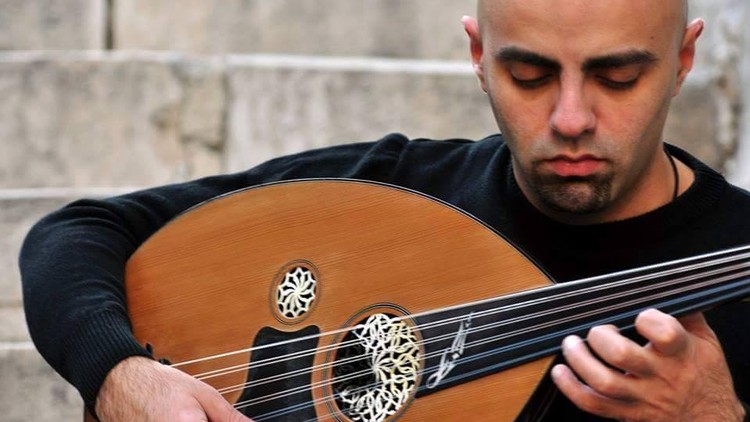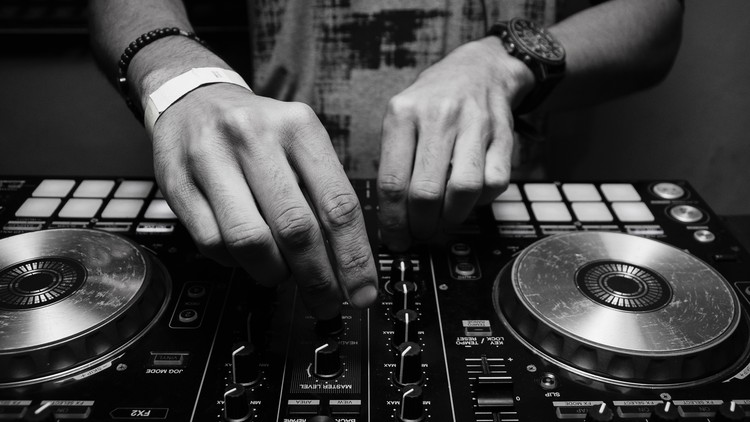Learn Oud 1 (No Prior Music Knowledge Required!)

The main and the most popular musical instrument in Arabic Music is the Oud. This is a condensed 25-lesson (38 Videos) Oud fundamentals course for absolute beginners given by a well known composer and teacher, Tareq Al Jundi using one of the recognized Oud curricula in Arabic Music Institutes that uses popular Palestinian, Jordanian,Syrian, Egyptian and Iraqi folk music and popular Arabic songs (by Fairuz and The Rahbani Brothers and others) as applications to basics Of Oud performance taught throughout the course.
In addition typical western songs like “Happy Birthday”, “Twinkle Twinkle Little Star” and “Jingle Bells” are explained on the Oud which will help you understand the Oud through simple melodies you already heard before. By the end of the course you are expected to know the proper way of holding the Oud and producing sound from it, how to read music notation and reading the oriental quarter tone, the basic Arabic Maqams and Scales and how to play popular Arabic songs using these Maqams/Scales on this beautiful Middle Eastern instrument.






